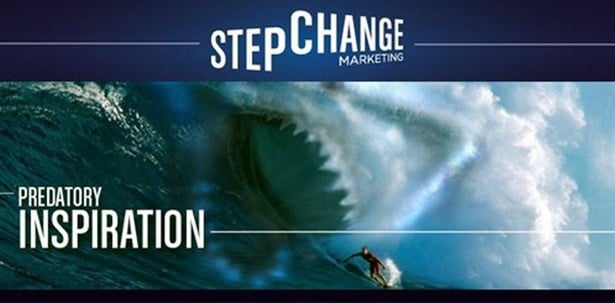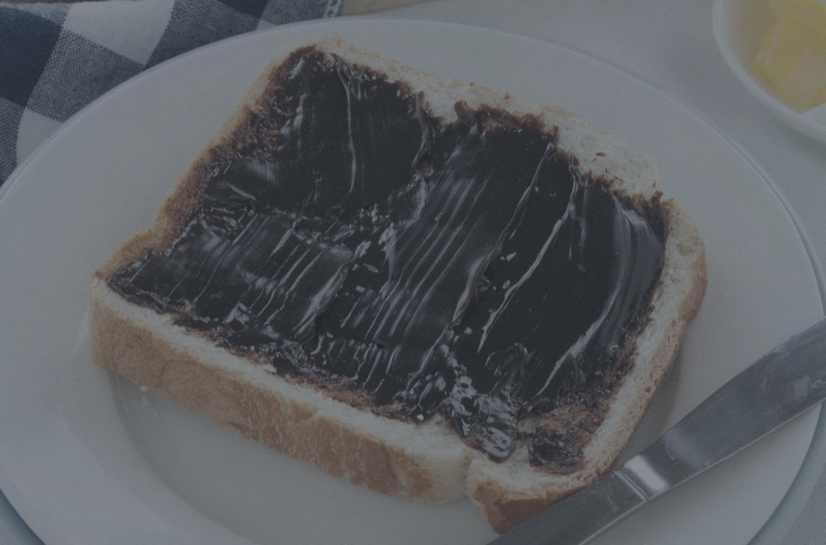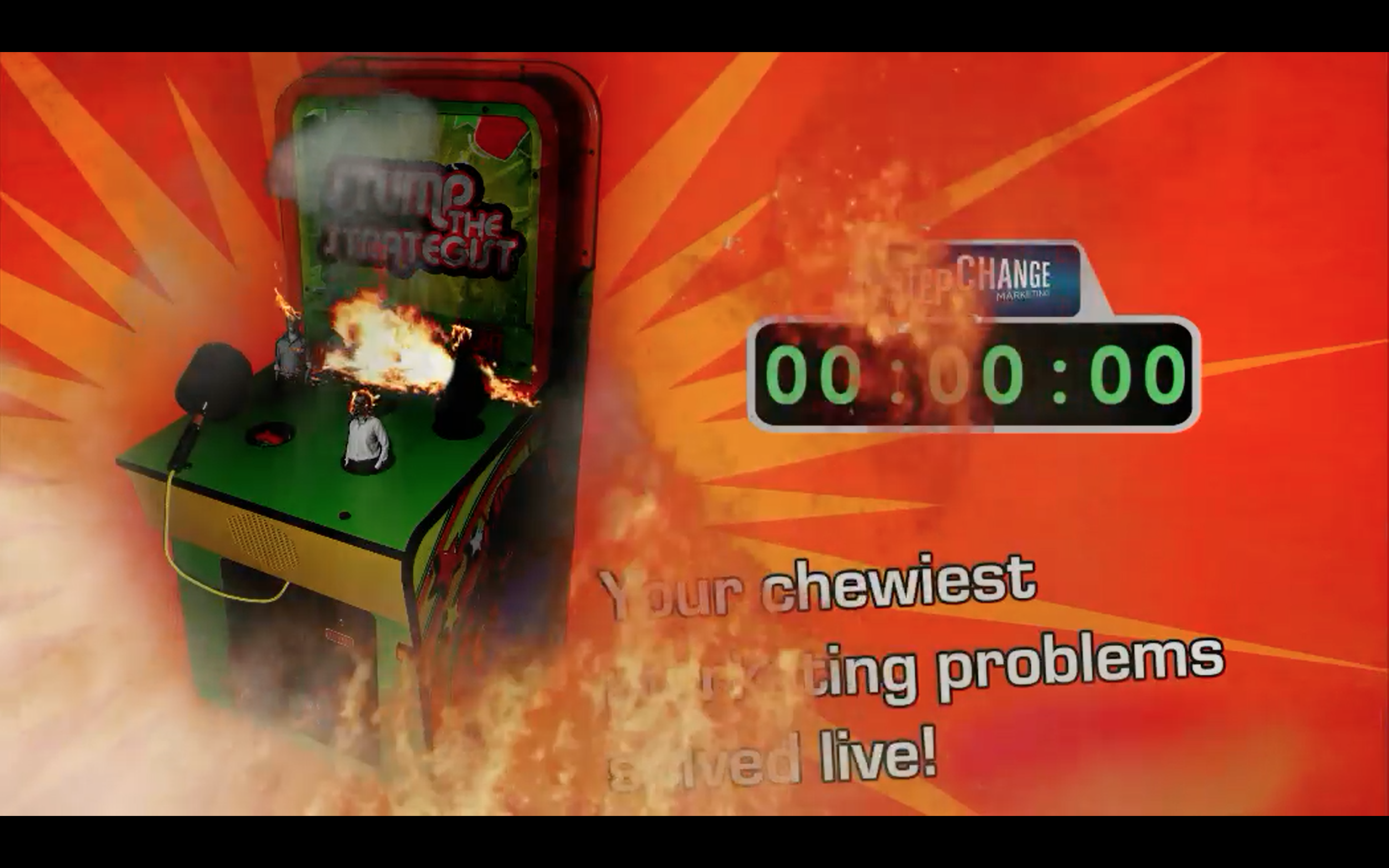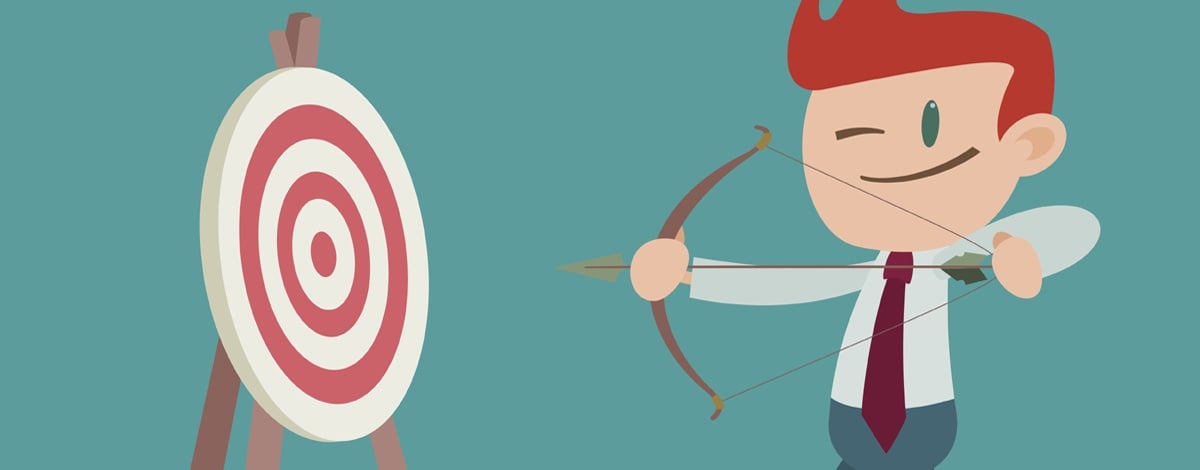This is the seventh post of ten in the Predatory Inspiration's series by Ashton Bishop, Head of Strategy at Step Change Marketing

The theme of this series is Predatory Marketing.
Predatory Marketing is defined as: strike at the weaknesses that arise out of your competitor's greatest strength. If that sounds familiar, then read it again. It's not 'strike at your competitor's weakness' and it's not 'talk about what's different'. This is more powerful.
See, when you strike at the weaknesses that arise out of your competitor's greatest strength you strike at the part of your competitor that they are least willing to change. It also changes the conversation from the same marketing words that every other company in your category uses, to a conversation that leverages your relative advantages.
These case studies demonstrate how Predatory Marketing has been applied.
When Bundy Red went to launch, they couldn’t find a core message that wouldn’t cannibalise it’s own Bundy Yellow market.
A top shelf advertising agency had been trying for a year, unsuccessfully, to crack the the problem with the core message “Smooth”. At TheBrandShop we had a week to create a positioning that really worked.
Target
Bundy Lovers with ‘Bourbon Drinking Mates’
Greatest strength
They just looooooove Bundy (unfortunately, their mates don’t).
The weaknesses that arise from their strength
Their mates tried Bundy and went back to Bourbon (claiming Bourbon was just that bit more smooth).
Relative advantages
Bundy Red is a rum so smooth that even the most committed Bourbon drinkers would convert.
Predatory recap
Strike at the weakness that arises out of your competitor’s greatest strength. This achieves greatest impact and makes response more difficult.
In the next post, Ashton talks about how the Step Change Marketing helped Sanitarium create a master-brand story that now carries through all of their individual products.



![Predatory Marketing: How to Increase Your ROI without Spending Another Cent [with Examples]](https://blog.hellostepchange.com/hubfs/BLOG/Posts/3-Scale/predatory-marketing-step-change.001.jpeg)










